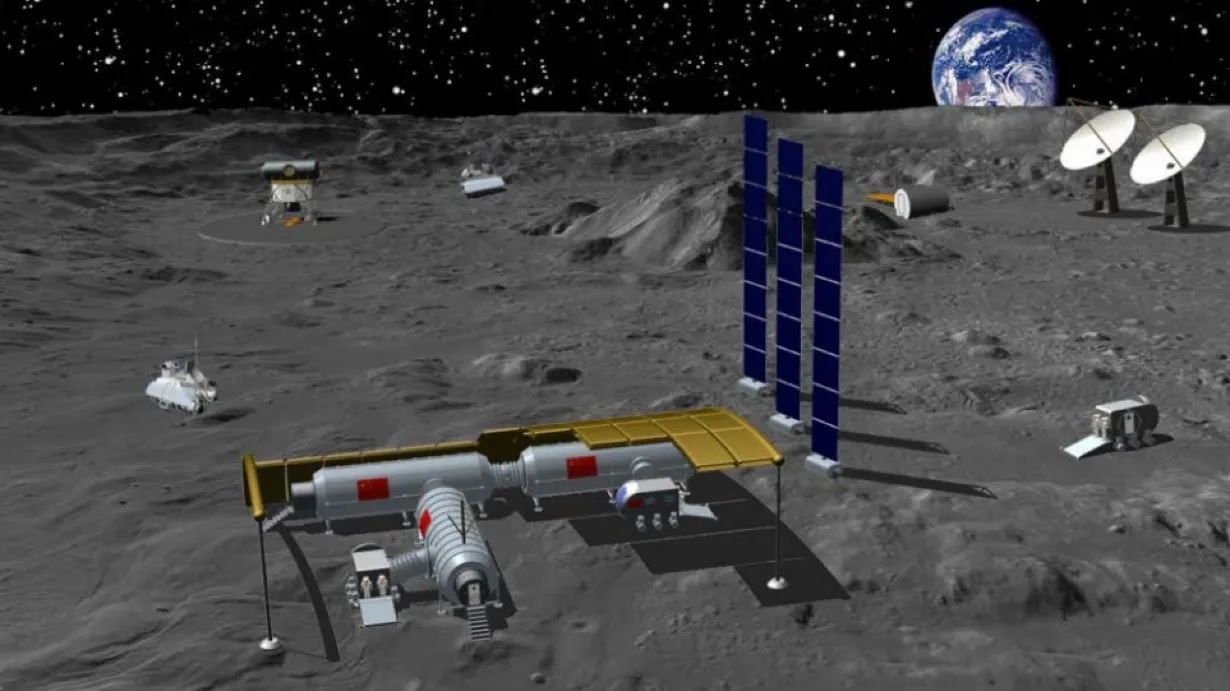China's Ambitious Plan Building a Moon Base at the Lunar South Pole by 2035

China's space ambitions are soaring as the country reveals its plans to establish a moon base at the lunar south pole by 2035. This bold initiative, officially unveiled at the International Deep Space Exploration Conference in Anhui on September 5, 2024, marks a significant step in China's space exploration strategy.
The project, known as the International Lunar Research Station (ILRS), is a collaborative effort initially announced in June 2021 with Russia. The original plan outlined a basic robotic moon base, which was to be established through a series of five heavy-lift rocket launches between 2030 and 2035. However, China has since taken the lead and developed a more intricate vision for the ILRS.
The plan unfolds in two distinct phases. The first phase aims to complete the initial moon base by around 2035. This base will be strategically located near the lunar south pole, an area known for its potential resources and unique scientific value. The second phase, projected for around 2050, will expand this base into a comprehensive lunar station network. This network will feature a central lunar orbit station and various nodes on the lunar surface, including additional bases on the lunar equator and the far side of the moon.
Wu Yanhua, chief designer of China's deep space exploration project, outlined these details during the conference. The extended ILRS model will rely on a combination of solar, radioisotope, and nuclear power sources. It will also incorporate advanced infrastructure, including high-speed communication networks between the moon and Earth, and a range of lunar vehicles. These vehicles will include a hopper, an unmanned long-range rover, and both pressurized and unpressurized crewed rovers.
Furthermore, Wu emphasized that the expanded ILRS would serve as a stepping stone for future crewed missions to Mars, underscoring China's broader goals in space exploration.
In a show of international collaboration, Senegal recently became the 13th country to join the ILRS project. Meanwhile, NASA's Artemis program, which aims to return humans to the moon, operates independently but in parallel, with both China and NASA working towards landing astronauts on the lunar surface by the end of the decade.
As China advances its moon base plans, the global space community watches closely, anticipating how this ambitious project will shape the future of lunar exploration and beyond.


